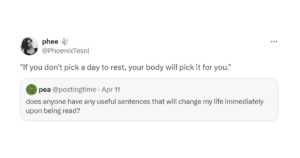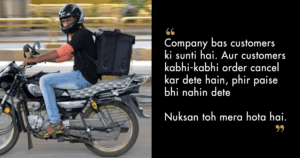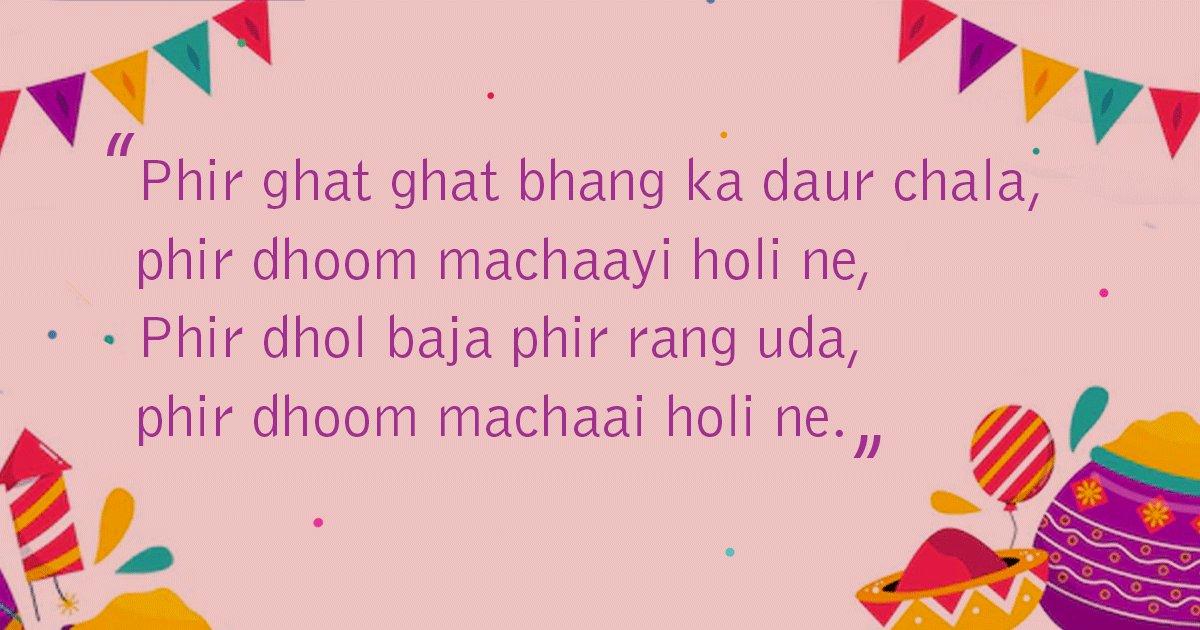This is Jitendra Suna, a student of JNU, completing his PhD in history. Suna comes from an ‘untouchable’ caste from Odisha’s Kalahandi district.
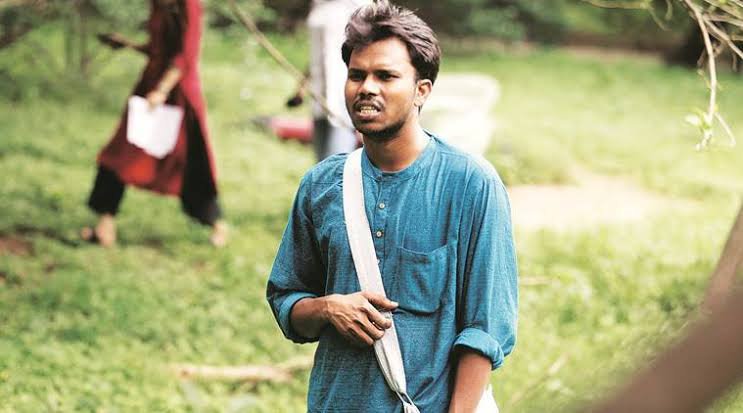
He has lived in acute poverty all his life and experienced brutality of caste violence. His family is one of landless labourers. Suna has six siblings.
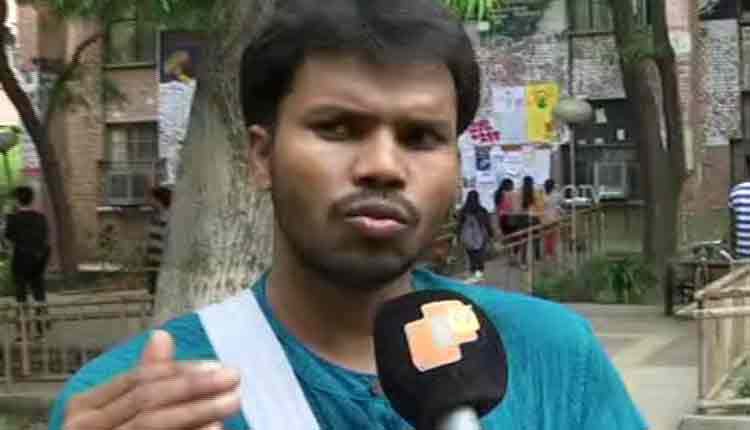
In 2009, he worked as a helper with Indraprastha Gas Ltd (IGL) in Delhi, fitting gas pipelines, fixing stoves and digging roads in case of pipe bursts.
Speaking to the Indian Express in September, he had said:
My mother died when I was in class VIII. I started sowing others’ paddy fields, for which I would get around Rs 30-40 per day. As part of MGNREGA, I also dug roads and ponds, for which I would get Rs 100-150 per day.
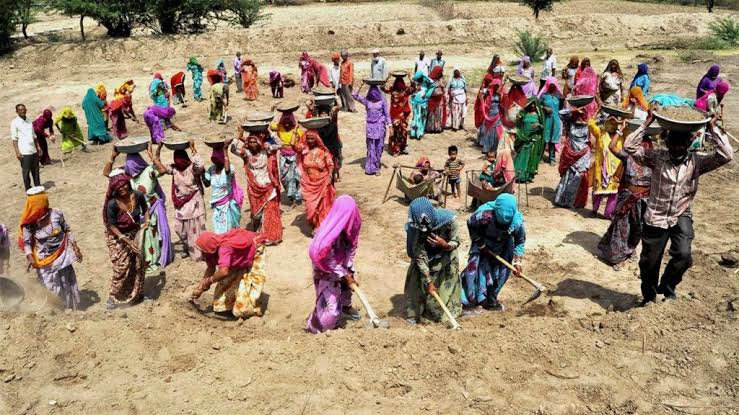
Now, the rent for the single-seater room which had been proposed at Rs 200 per month from Rs 20 might not be a big deal for people like us. I just spent 200 bucks on a cab to office today.
But for students like him, and there are hundreds like him at JNU, it’s a 10x hike in fees.
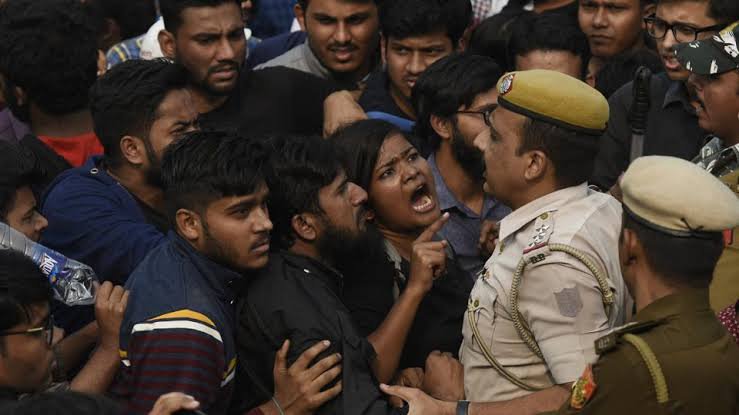
Mind you, that is not the only hike these students are protesting against. There is also the case of the one-time refundable mess security fee that has been hiked from Rs 5,500 to Rs 12,000, among other expenses.
43% of the families of all JNU students earn less than Rs 12,000 a month. They simply cannot pay utility charges of Rs 1,700, something that has been introduced for the first time
A lot of them already take a third or even half of their entire family income just to get by at JNU, to make sure that they have a future, to make sure that their next generation doesn’t get to suffer in the same cycle of poverty and abuse.
JNU makes sure that students, rich and poor alike get the best education the country has to offer.
Hello @smitaprakash ji, please don’t mind this long thread with a bit of my own story to answer your question. Here goes👇 https://t.co/57BTQUtV1a
— Shahnawaz شاہ نواز (@shahnawazk) November 15, 2019
According to the Unified District Information on School Education (UDISE), the completion rate for secondary school in India was 66.36% – 66.84% for boys and 65.84% for girls in 2016-17.
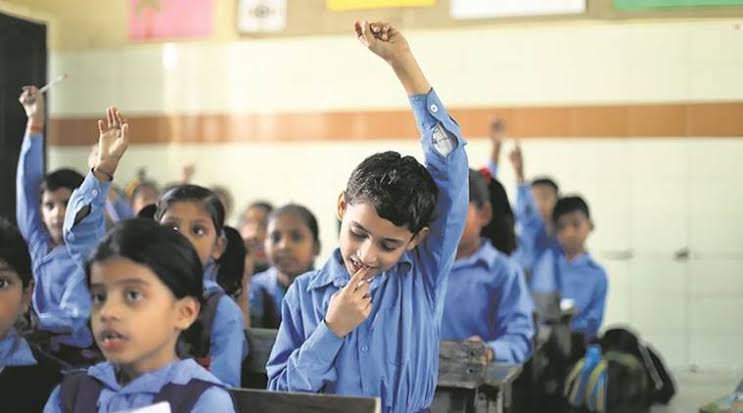
That being said, for higher education, India had a gross enrollment ratio of just 26.3% in 2018-19. For males, the enrollment ratio was 26.3% and for females, it was 26.4%.
As per the All India Survey on Higher Education (AISHE), SC students constituted 14.9%, ST students occupied 5.5% and OBC students were 36.3%.
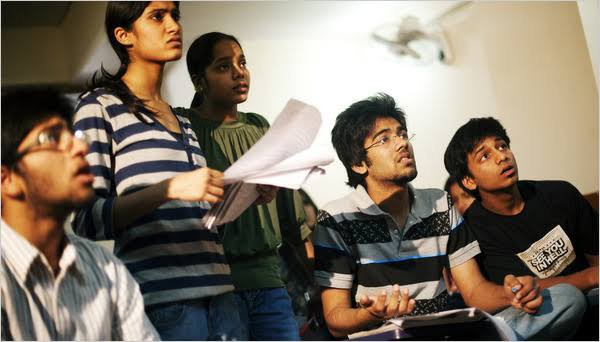
Now, this is not to say that private education doesn’t or cannot provide opportunities for elite higher education in the country, but like everything private, it is expensive.
I am a tax payer and I want more for the country from the Jawaharlal Nehru University, more like the nobel laureate alumnus Abhijit Banerjee.#TaxPayersWithJNU
— Berojgar Akshay Kamble (ಕೆ ಅಕ್ಷಯ್) (अक्षय कांबळे) (@AkshayRaghunat3) November 19, 2019
Read: 15 Noted JNU Alumni Who Have Proudly Represented India. pic.twitter.com/RoaVGZgXty
According to Global Wealth Report 2016 compiled by Credit Suisse Research Institute, India is the second most unequal country in the world with the top one percent of the population owning nearly 60 percent of the total wealth.
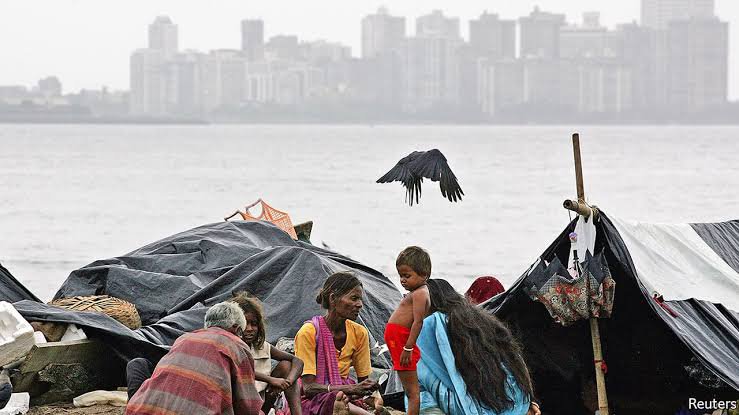
JNU is the best university in India (even Modi govt’s own surveys show that) and it MUST remain affordable for all! Everyone–not just the elite few–deserves quality education! #EmergencyinJNU #NoFeeHikeInJNU #TaxPayersWithJNU pic.twitter.com/eOmFmnI2j8
— Arjun Mehar (@Arjun_Mehar) November 18, 2019
And it’s not like the government doesn’t have money. Despite the economy being on a slippery slope, statues worth thousands of crores have been constructed throughout the country, with the taxpayers’ money, that everyone has been yapping about.
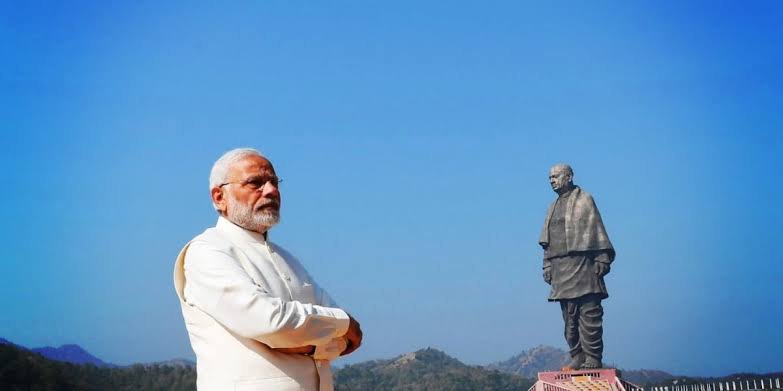
If you ask the public, how they would like to have their tax money spent (on statues or on subsidised education), I’m sure you’ll get your answer.
I studied in Government schools and Colleges run by tax payers money. Now I pay tax for subsidised education, health and better public infrastructure. Not for statues and temples #TaxPayersWithJNU
— Sony R K (@sonypadichal) November 19, 2019
I am a taxpayer and I stand by the JNU student’s struggle for affordable education. The govt has been wasting taxpayer’s money on statues and horses trading. I demand that the govt spends tax revenue on providing free education.#TaxPayersWithJNU#EmergencyinJNU
— Ahmad Ali (aka Jimmy Ansari) (@AnsariLadakh) November 19, 2019
Rural & Urban wages, as per Govt. data, have barely grown at 1 to 2% per annum over last 6 years under Modi ji. To impose a 60% increase in education expenses appears totally outrageous. pic.twitter.com/L851pGDRUJ
— SonaliRanade (@sonaliranade) November 19, 2019
JNU is an institute which provides unpriviliged people with top education and thats where a tax payer’s money should go rather than them fake MP’s of which half of them don’t even have an education#TaxPayersWithJNU
— Arnav Yadav (@arnavy97) November 19, 2019
#TaxPayersWithJNU
— Vinod Kumar (@vinodkumar20874) November 18, 2019
A country need a fine University for research. If politicians can avail the tax money, why not JNU for that.
It’s the taxpayer money and JNU is pride of nation’s. We shall pay for good education for Indian not only for politicians.
Education is the oxygen that a society needs to breathe in, in order to survive. It was always supposed to be a right. So when did it exactly become a privilege?




